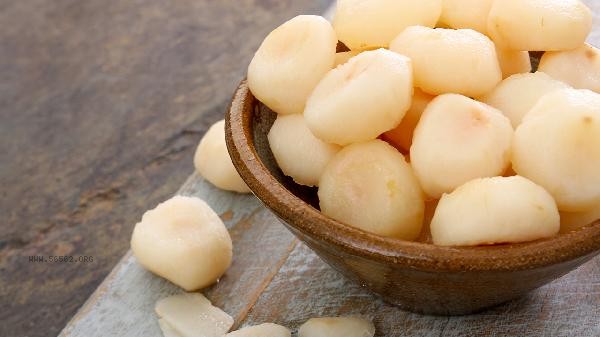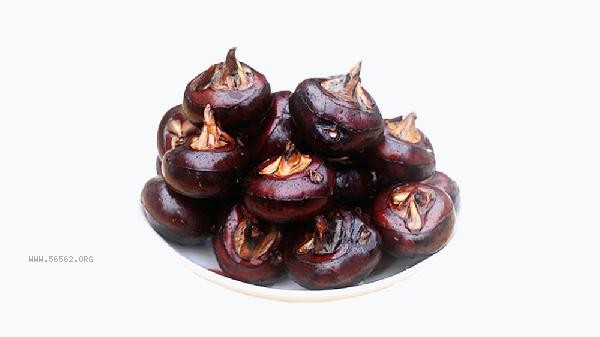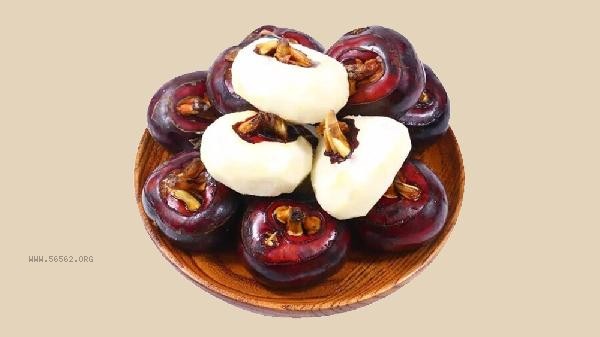Horseshoe legs usually refer to dishes made from pig trotters that have undergone special treatment. The main methods of preparation include cleaning, blanching to remove fishy smell, braising for seasoning, stewing until soft and tender, and collecting juice and serving on a plate.

1. Cleaning treatment
Fresh pig trotters need to be scraped clean of surface hair with a knife, rinsed with running water to remove blood, and longitudinally cut open from the joint while keeping the tendon connected. Soak in diluted salt water during processing to help remove dirt, with a focus on cleaning the hoof joints to avoid hiding impurities. Pig hooves need to be removed with pliers to avoid affecting the taste.
2. Blanch to remove fishy smell
Add ginger slices and cooking wine to a pot in cold water, bring to a boil over high heat, skim off the foam, and continue blanching for 5 minutes. This process can effectively remove the fishy smell and excess oil from pig trotters. After blanching, rinse with warm water again to ensure that the meat is firm and not loose.
3. Marinated seasoning
Stir fry spices such as star anise, cinnamon, and fragrant leaves until fragrant, then add water and boil. Add light soy sauce, dark soy sauce, and rock sugar to make a basic marinade. After putting pig trotters into the pot, make sure the sauce is completely submerged and simmer over medium heat to allow the spices to penetrate. Add dry pepper or Fermented bean curd according to taste to increase flavor level.

4. Stew until soft and tender
Reduce heat to low, cover, and simmer for at least 2 hours. During this time, flip the pot to prevent sticking. When chopsticks can easily penetrate the tendons, it is considered that the heat is in place. At this time, the gum is fully analyzed and the meat has reached a crispy but not rotten state. Pressure cookers can shorten the time, but the pressure needs to be controlled to avoid excessive decay.
5. Collect the sauce and plate it.
When the soup has thickened, drizzle a little sesame oil to enhance brightness, sprinkle with chopped green onions or white sesame seeds for decoration. When plating, you can keep some of the original soup to make a dipping dish, and pair it with a sour and spicy sauce or garlic sauce to relieve greasiness. After cooling, the gel solidifies into crystal hoof jelly, which is suitable for refrigerated consumption in summer.

When making horseshoe legs, it is important to choose thick and fleshy front hooves, as the rear hooves have larger bones that are difficult to shape. Adding hawthorn slices or white vinegar when blanching water can help soften the meat quality. diabetes patients should control the amount of rock sugar. The remaining brine can be frozen and stored after filtration, and repeated use will increase the flavor and thickness. When consumed, pairing with cold dishes rich in vitamin C can promote collagen absorption. For those with weak gastrointestinal function, it is recommended to consume in moderation to avoid consuming too much animal fat at once.








Comments (0)
Leave a Comment
No comments yet
Be the first to share your thoughts!